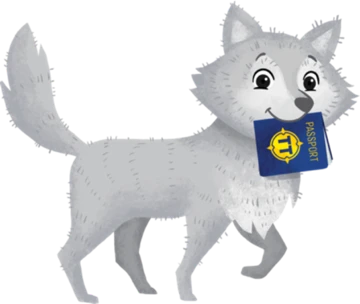Learn About Lebanon: Nature!
Welcome to Lebanon, Tiny Travelers!
This week, we have a chance to add a splash of color to Lebanon’s Cedar Nature Reserve!
The largest of Lebanon’s nature reserves, Al-Shouf Cedar Nature Reserve stretches from Dahr Al-Baidar in the north to Niha Mountain in the south. The reserve hosts 32 species of wild mammals, of which 9 are considered to be rare at the international levels.
Cedar trees in Lebanon are special; we know they were used to build temples and ships long ago. In fact, some cedar trees are more than 3,000 years old –WOW!– which is why they symbolize resilience, immortality and strength. At the Cedar Nature Reserve, animals roam free. For this week’s lesson, you will color a scene from the Cedar Nature Reserve, including the following animals:
Wild boar
Red fox
Badger
Hyrax
And of course, a Cedar Tree.
You might even hear the sounds of the reserve as you color this lovely scene from Lebanon and bring it to life!











